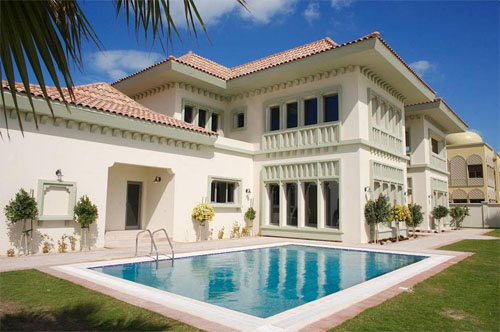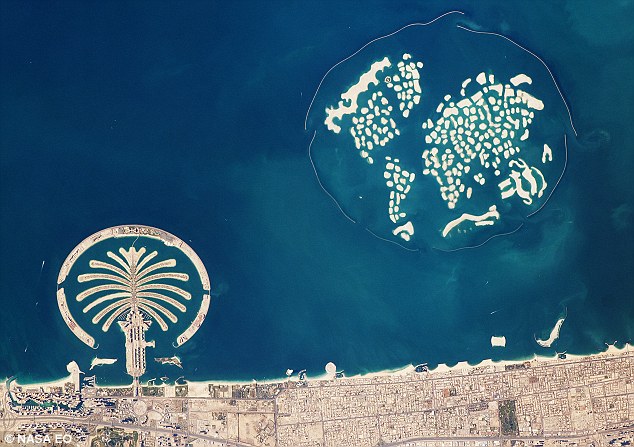A new ecological community, Rancho San Roque, is being developed in the foothills of the Rincon de la Vieja volcano in Costa Rica. The developer has engaged the services of The Project Office (TPO) to manage the project; Deppat to create the master plan; and Zurcher Architects to create the architectural detail for a private residential community in harmony with nature. Each of the 37 fully-titled lots available for purchase has at least 1.25-acres (5000M2) and incorporates sweeping views of the Guanacaste countryside, enjoying cool mountain air and rich volcanic soil.
Residents will enjoy the tranquility of country living with the convenience of modern services. Located in Cañas Dulces – only 30 minutes from Liberia – where modern shopping, fine dining, and premium services are abundant. The international airport in Liberia is just 40 minutes away, and some of Costa Rica’s best white-sand beaches and fishing are also an easy drive from the community.
Rancho San Roque is situated at a comfortable 1500 feet above sea level, offering fresh cool mountain breezes. The area is host to a growing number of ecotourism facilities such as Buena Vista Adventure Center and Spa, which offers adventure sports such as canopy tours, rappelling, waterslides, horseback riding, hiking, thermal spa baths, and much more. A high-end eco-resort, Borinquen Mountain Spa, showcases hot springs, a luxury hotel, restaurants, nature trails, and many more attractions within just minutes of the community. The community is also located within minutes from the planned Guanacaste Country Club designed by Jack Nicklaus and being developed by a U.S. group that includes Frank Biden (Joe Biden’s brother).
“Most of the development in Guanacaste has happened at the beaches, but an increasing number of full-time expats find it to be too hot and too touristy,” said Dan Harris the CEO of The Project Office. “That is why we chose a tranquil country setting with a cooler climate for our community. We’re in a laid-back rural area, yet still close to all modern services and amenities in Liberia.”
The city of Liberia is continually expanding with modern services. Several banks, shopping centers and restaurants make up the town center along with the Home Depot-style hardware store called the Do It Center. Large commercial developers are betting that Liberia becomes the business capital of northern Costa Rica, similar to the Central Valley, as evidenced by the million square-meter Solarium office industrial complex. Furthermore, the best hospital in Central America, CIMA Hospital San Jose, has plans to build a new full-scale private hospital in Liberia.
Rancho San Roque will engage in a permaculture project to restore the pastureland, and will feature a community center with a pool and fitness center, walking trails through orchards, a greenhouse, organic gardens and aquaculture ponds. The rich volcanic soil is perfect for gardening where the project aims to produce fresh organic vegetables, many fruit and nuts, fresh-water fish, chickens and eggs for the residents.
“Our goal is to restore the land with an edible forest and permaculture gardens producing healthy food security for residents” Harris added. “The intention of permaculture is not only to produce food, but also give immeasurable benefits to the environment while creating a beautiful and diverse landscape to enjoy.”
All environmental permitting is in place and all lots are ready to sell with clear title. The developers are encouraging alternative energy such as wind and solar power, but are providing electric grid service in the community. Satellite TV is readily available and high-speed Internet will be on site creating a fully connected community.
Each lot comes with a Costa Rica corporation allowing for clean transfers with low fees, and gives buyers a vehicle to obtain cell phones and other utilities. The community is currently one of the best values in Costa Rica starting at $50,000 during the development phase. Financing is available with 40% down at 8% interest for 5 years ($20K down, $608/mth).







 up at an impressive rate. In just the past few weeks, 1,300 MW worth of these projects have been announced or approved, which could equal about the same energy output of a big nuclear power plant.
up at an impressive rate. In just the past few weeks, 1,300 MW worth of these projects have been announced or approved, which could equal about the same energy output of a big nuclear power plant.